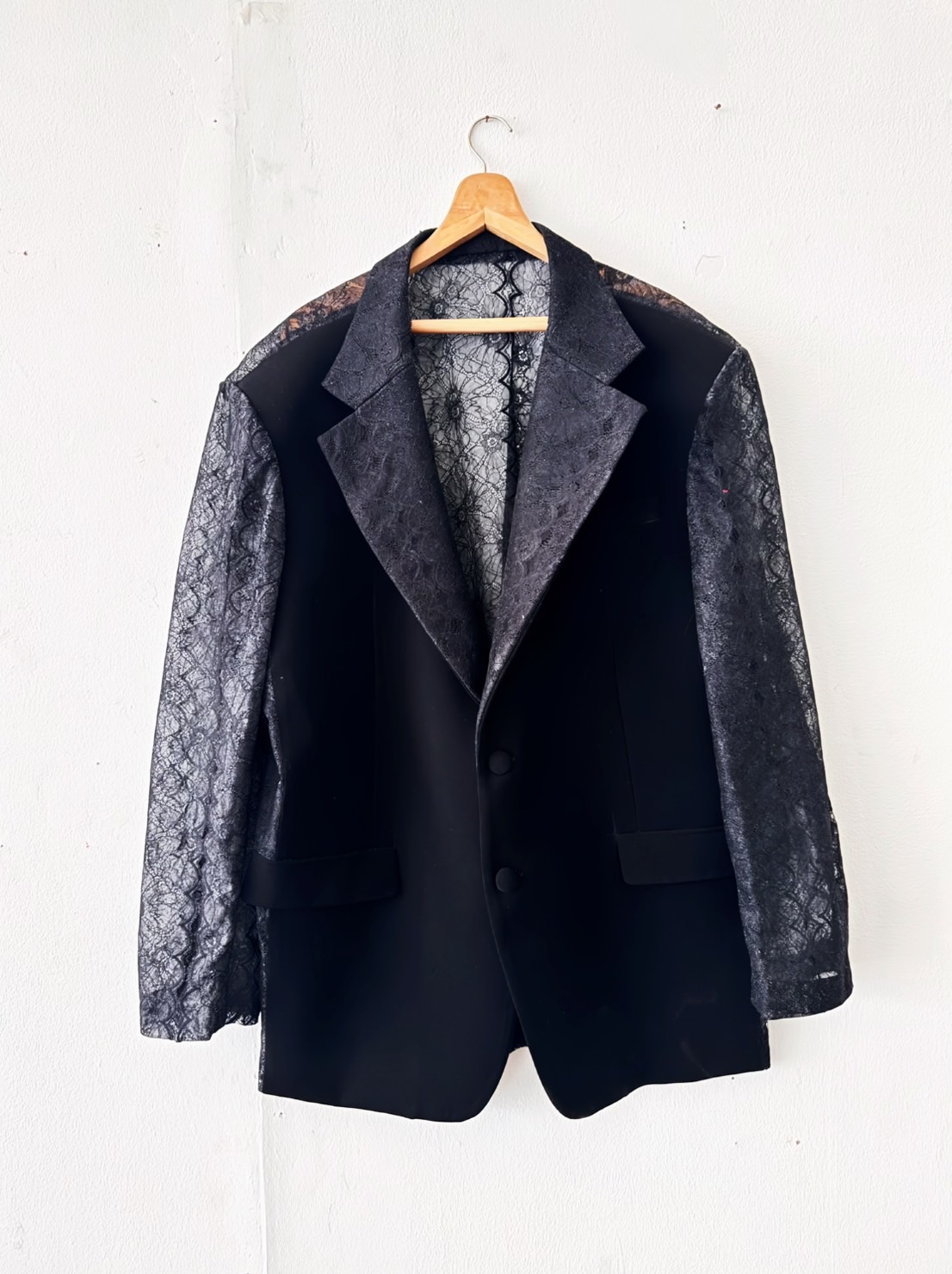
School of Fine & Applied Arts, Bangkok University
Sorapong Ngewthong
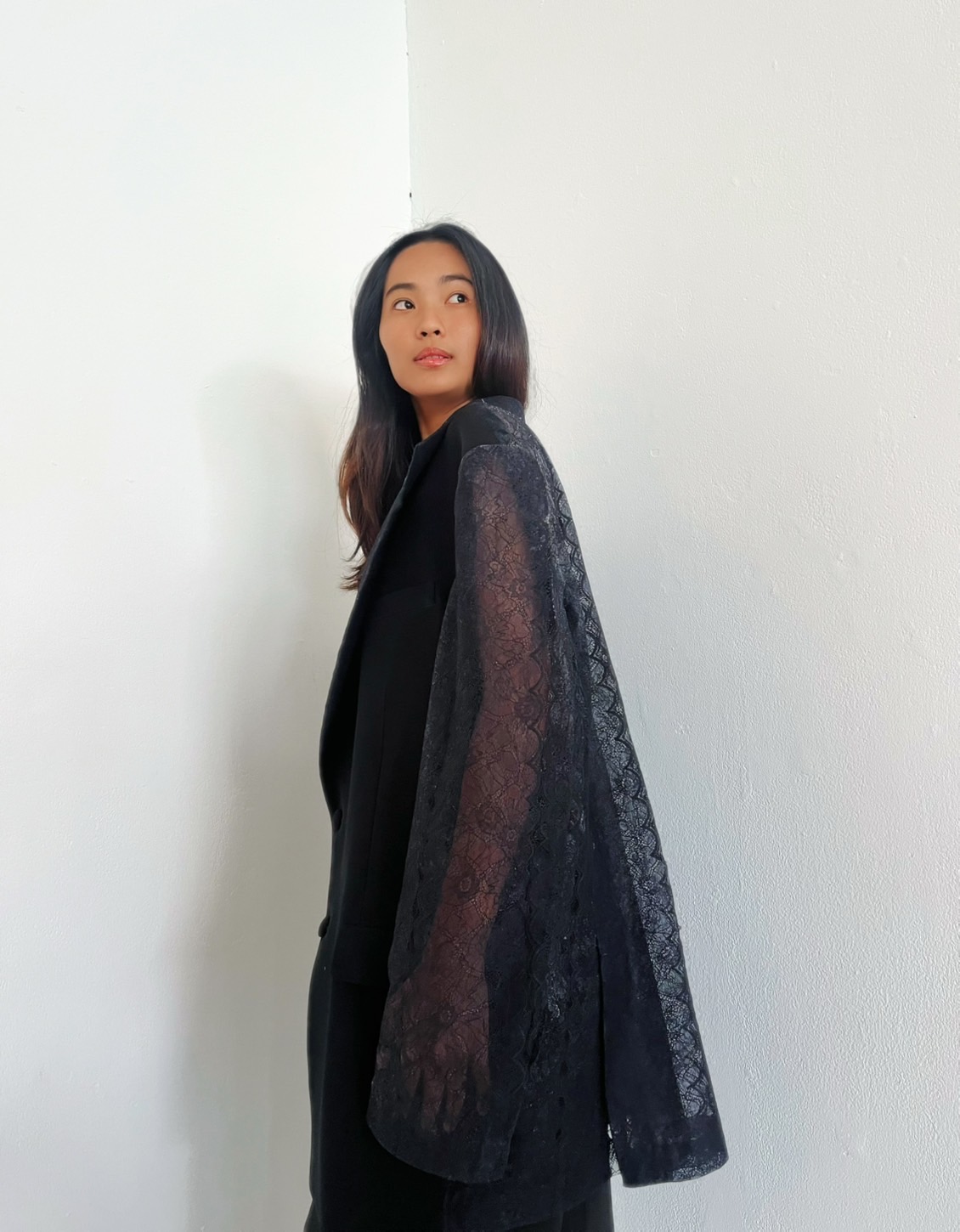

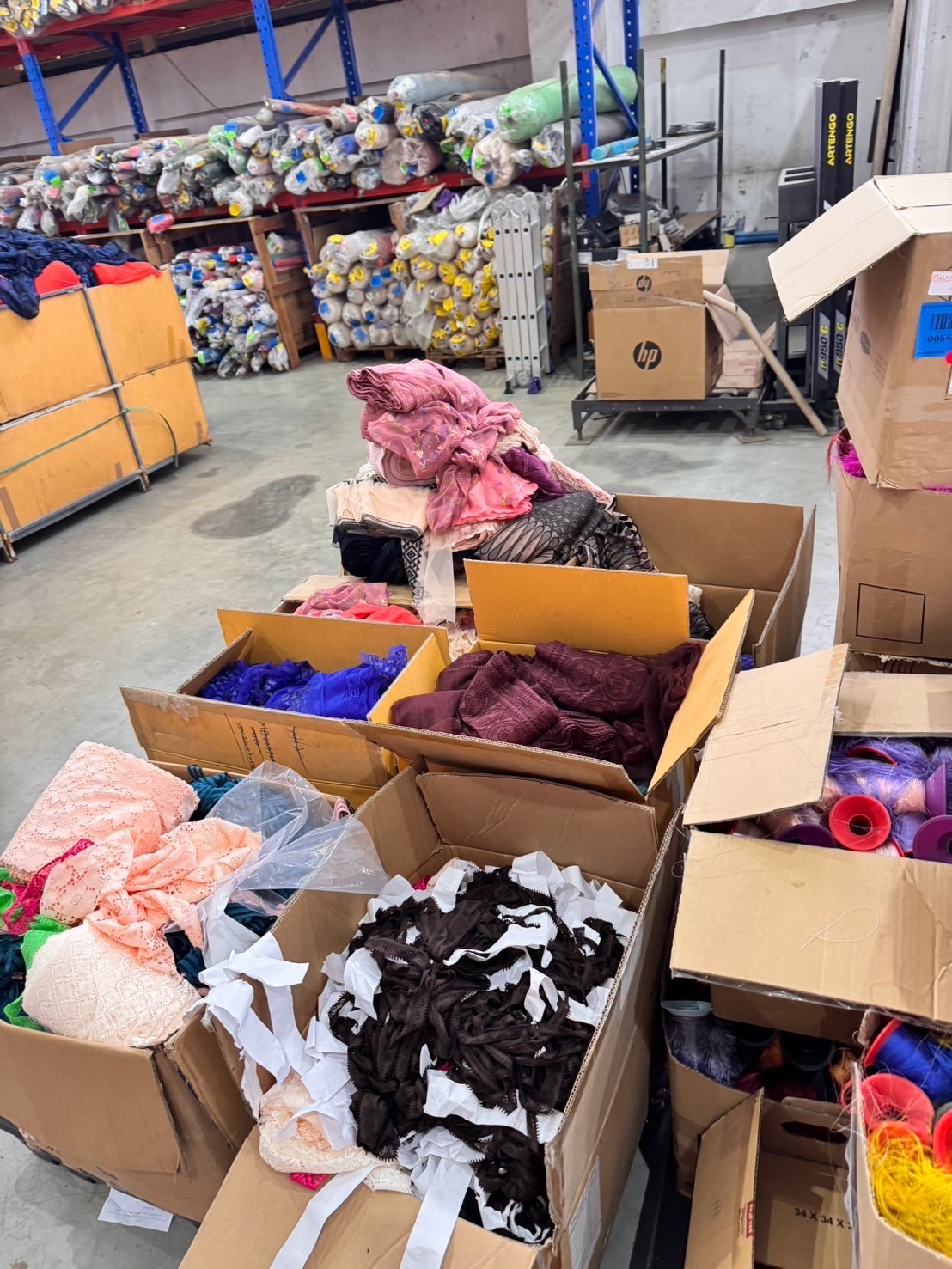
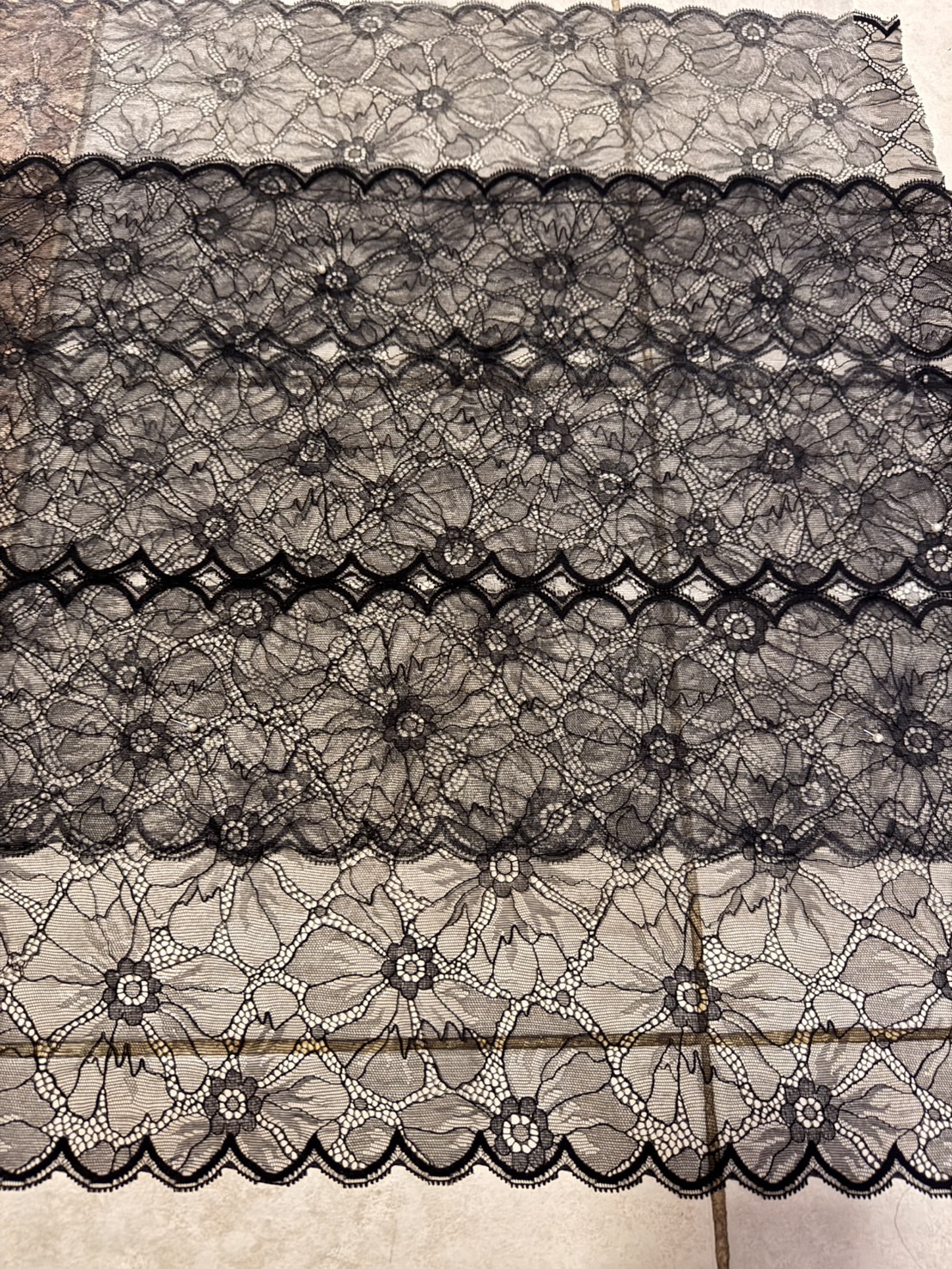
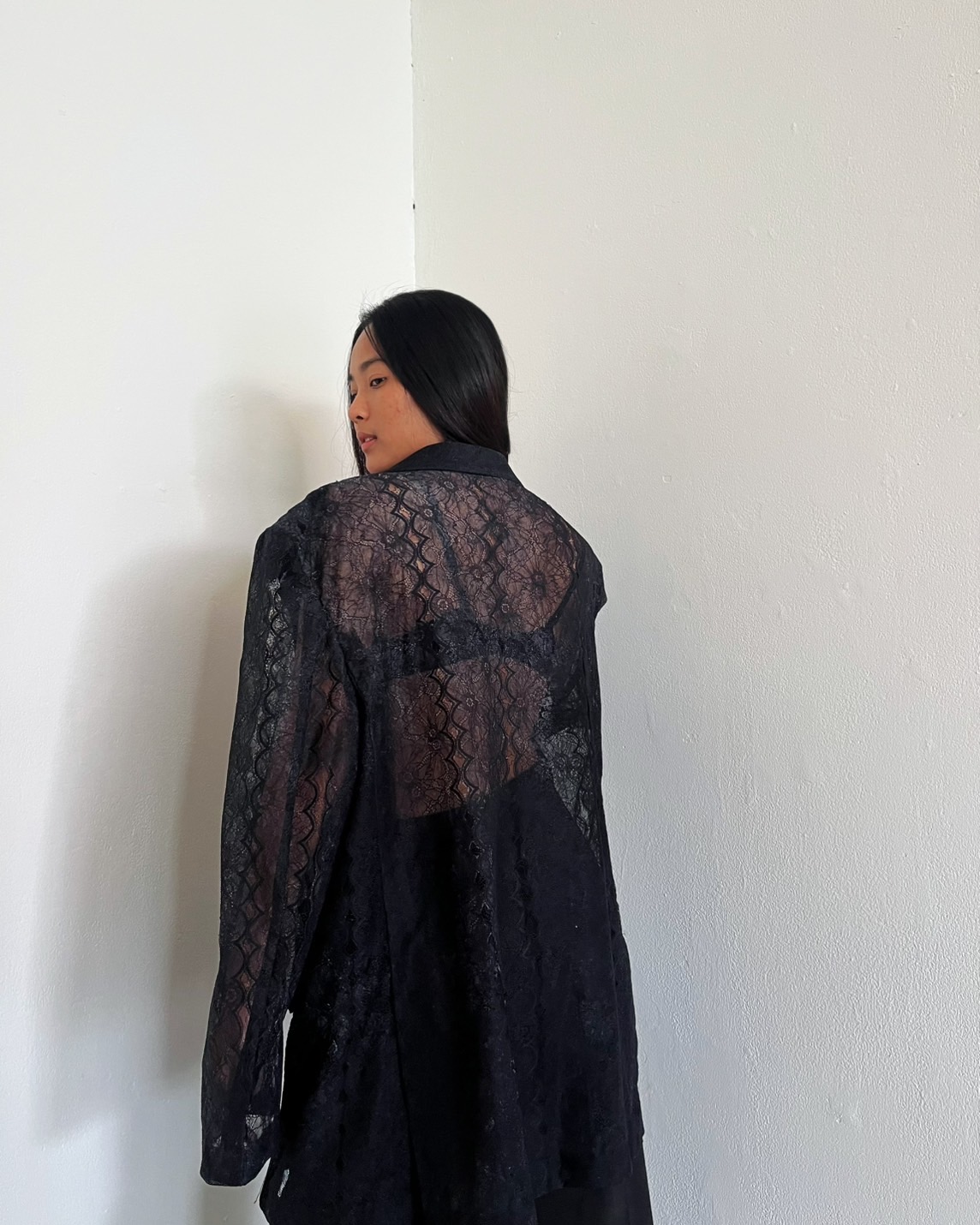
Abstract :
Adapting to a new environment in today’s economic and social conditions presents challenges that are unavoidable for humans in this world. Clothing is one of the basic needs, as everyone requires clothes to sustain their lives. Therefore, clothing is produced to meet this need. As the world developed, clothing became more than just a basic necessity ; it became a means of expressing beauty and personal style, increasing the demand for clothing. This led to the growth of industries that cater to consumer needs, expanding beyond reasonable limits and resulting in what is known as fast fashion. The fashion industry is one of the industries that has a significant impact on the environment, particularly in terms of overconsumption and the rapid disposal of clothing.
The fashion industry produces billions of garments each year, but only a small percentage of them are recycled. Clothing made from synthetic fibers, such as polyester, is not easily biodegradable and can take hundreds of years to decompose. Additionally, microplastics from synthetic fibers can enter the food chain, affecting both marine life and humans.
The use of leftover materials in clothing design has become an increasingly popular approach in the fashion industry. For example, recycling old clothes or using discarded garments to create new designs, as well as employing upcycling techniques, such as turning old jeans into jackets or other clothing items. The use of biodegradable materials is also encouraged to reduce environmental impact.
Efforts to protect the environment and promote sustainability are essential for the future of our planet. Therefore, the creators of this project have the concept of using leftover lace fabric from lingerie factories to design new clothing pieces. They employ techniques of patching fabric together to create new patterns, blending materials from outdated lace fabrics to produce fashion works that hold value.
Objectives :
This project focuses on redefining the purpose of clothing by repurposing materials that are about to be discarded from the lingerie manufacturing process at Chantasia Co., Ltd., particularly lace fabric, to create something new and valuable. It also promotes sustainability and environmental protection by blending creativity with upcycling techniques. This initiative addresses the environmental issues caused by fast fashion and aims to transform discarded materials into fashion pieces with meaning. The objectives of this project are as follows:
-
Repurpose leftover materials from the lingerie manufacturing process to create new and valuable items, reducing waste and minimizing the environmental impact of fast fashion production.
-
Reduce the use of new materials by upcycling leftover materials, such as lace, from the manufacturing process to decrease waste and the consumption of natural resources.
-
Transform discarded materials into fashion pieces that are both beautiful and meaningful, through creative and innovative design.
Conceptual Framework :
Process / Methodology :
The process for this project, which involves upcycling leftover lace materials from lingerie manufacturing into sustainable fashion pieces, can be summarized as follows:
- Material Collection
- Collect leftover lace that is set to be discarded from the lingerie manufacturing factory (Chantasia Co., Ltd.).
- Material Sorting and Preparation
- Inspect the quality and suitability of the lace for the design process, and separate unusable parts.
- Design and Concept Development
- Design fashion items using Soft Tailoring suit structures from the 1980s, which emphasize a timeless and modern style.
- Create patterns for cutting the fabric to achieve the desired shape in the fashion pieces.
- Upcycling Process
- Upcycling Techniques: Use methods such as stitching or joining small lace pieces together to form larger fabric panels.
- Fabric Bonding or Joining: Use heat or bonding agents to fuse lace into durable, cohesive fabric.
- Take the upcycled fabric and cut it to create classic silhouettes, such as blazers, that can be worn at any time.
- Production and Assembly
- Cutting and Sewing: Once the design is complete, cut the lace fabric according to the pattern and sew it together neatly.
- Quality Control: Inspect the workmanship and quality of the stitching to ensure a high standard of production.
This process helps repurpose leftover materials from lingerie production into sustainable fashion items, reducing waste and minimizing the environmental impact through upcycling while creating valuable and beautiful products.
Techniques and Materials :
–
Result / Conclusion :
Based on the implementation of this project, which focuses on repurposing leftover materials such as lace from lingerie factories through the upcycling process to create timeless and sustainable fashion pieces, the results of the study or experiment can be summarized as follows:
- The use of leftover materials as part of the upcycling process has resulted in a reduction of waste generated from clothing production and a decrease in the use of new materials. This has helped to minimize the disposal of valuable materials as waste, which benefits resources.
- The outcome includes fashion designs that are sustainable, as the materials used can be reused, contributing to the creation of eco-friendly fashion.
References :
BBC News. (2022, February 21). Climate change: What is it and how can we stopit? BBC. https://www.bbc.com/news/science-environment-60382624
Mazza, L. (2023, February 17). 4 ways fast fashion is bad for the environment. Entrepreneur. https://www.entrepreneur.com/green-entrepreneur/4-ways-fast-fashion-is-bad-for-the-environment/442045
Investopedia. (2023, February 8). Fast fashion. Investopedia. https://www.investopedia.com/terms/f/fast-fashion.asp
Forbes Communications Council. (2023, January 2). The state of sustainability in the fashion industry and what it means for brands. Forbes. https://www.forbes.com/councils/forbescommunicationscouncil/2023/01/02/the-state-of-sustainability-in-the-fashion-industry-and-what-it-means-for-brands/
Vogue Thailand. (2022, March 8). Soft tailoring and its growing popularity. Vogue Thailand. สืบค้นเมื่อ 2 เมษายน 2025, จาก https://www.vogue.co.th/fashion/inspirations/article/soft-tailoring-popularity